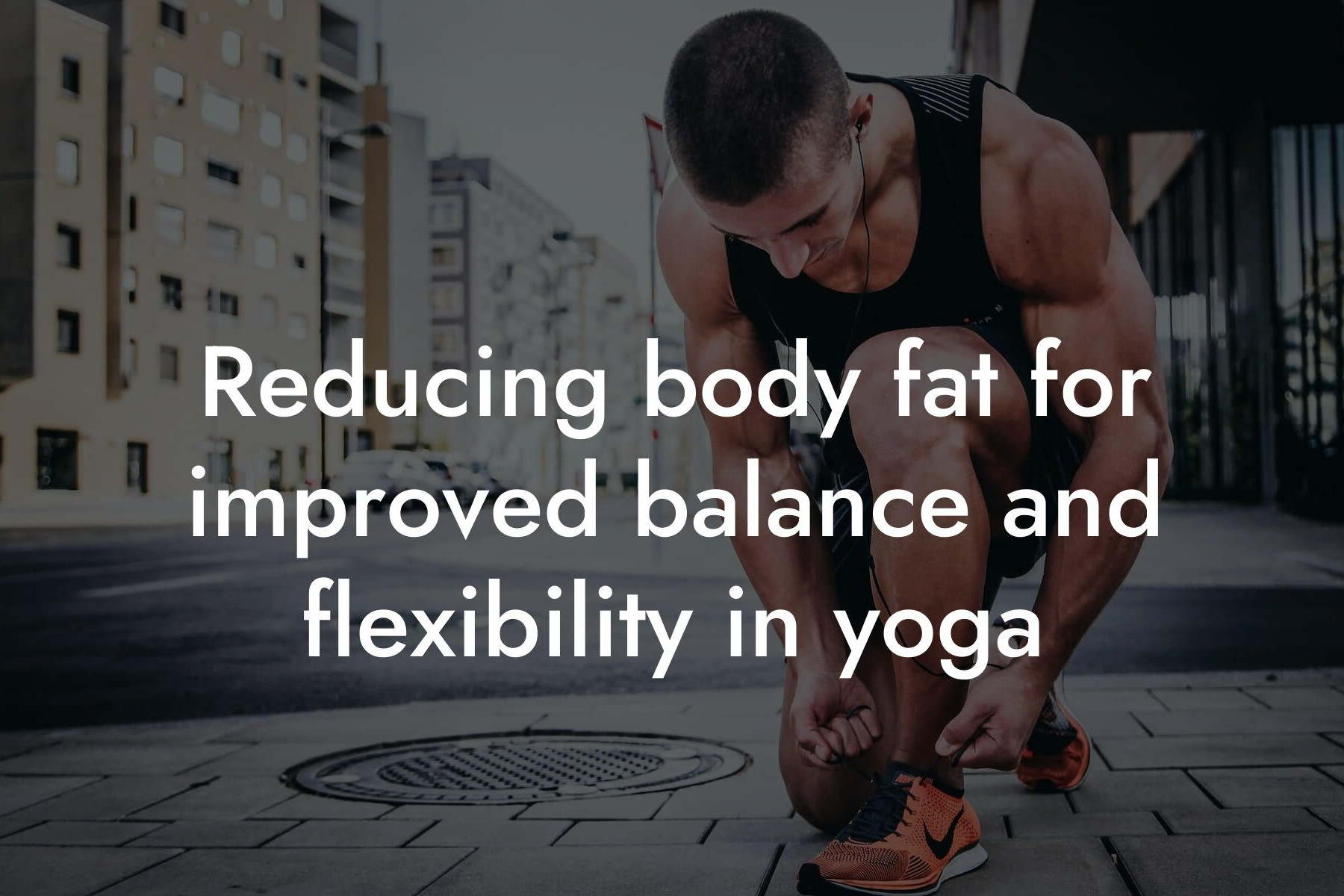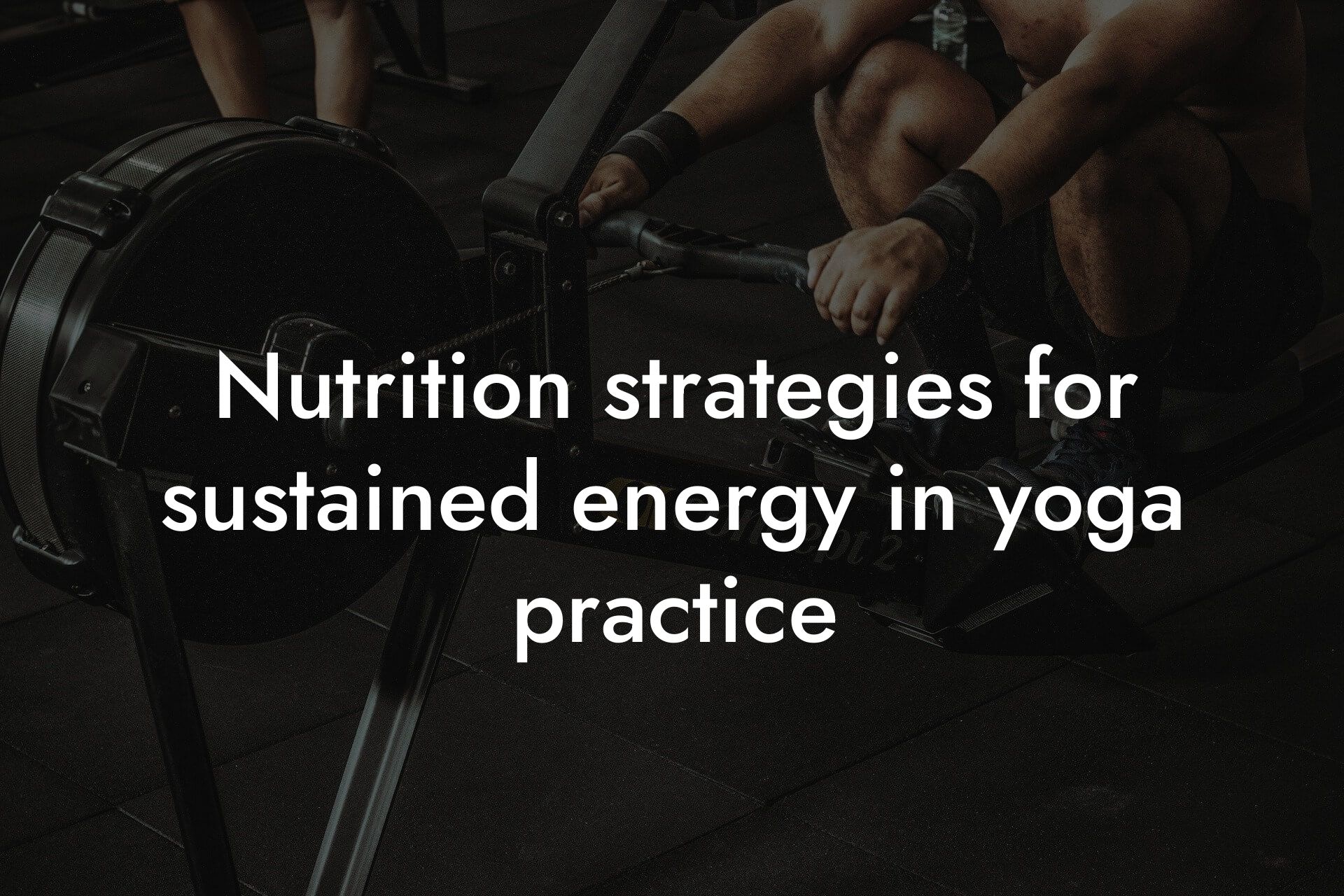As a high-earning professional, you understand the importance of maintaining a healthy and toned physique. Yoga is an excellent way to improve flexibility, balance, and overall well-being. However, have you ever wondered how your body composition affects your yoga flexibility? At Tano Performance Group, we're dedicated to providing you with the knowledge and tools you need to optimize your physical performance. In this article, we'll delve into the connection between body composition and yoga flexibility, and explore how our DEXA machine can help you achieve your fitness goals.
Table of Contents
What is Body Composition?
Body composition refers to the percentage of fat and lean mass in your body. It's a critical aspect of overall health and fitness, as it affects your metabolism, energy levels, and athletic performance. Body composition is typically measured using a DEXA (Dual-Energy X-ray Absorptiometry) scan, which provides a detailed breakdown of your body fat percentage, lean mass, and bone density. This information is essential for creating a personalized fitness plan that suits your needs and goals.
How Does Body Composition Affect Yoga Flexibility?
Body composition plays a significant role in yoga flexibility. Excess body fat, particularly around the midsection, can limit your range of motion and make it more challenging to perform various yoga poses. This is because excess fat can put additional strain on your joints, muscles, and connective tissues, reducing your flexibility and increasing your risk of injury. On the other hand, having a high percentage of lean mass can improve your flexibility and overall athletic performance.
The Impact of Visceral Fat on Yoga Flexibility
Visceral fat, also known as belly fat, is a type of fat that accumulates around your organs in the abdominal cavity. High levels of visceral fat have been linked to a range of health problems, including insulin resistance, cardiovascular disease, and reduced flexibility. Excess visceral fat can compress your internal organs, making it more difficult to move your body into certain yoga poses. Furthermore, visceral fat can also lead to chronic inflammation, which can reduce your flexibility and increase your risk of injury.
The Role of Lean Mass in Yoga Flexibility
Lean mass, which includes muscle mass and bone density, is essential for maintaining good yoga flexibility. Having a high percentage of lean mass can improve your overall athletic performance, increase your strength and power, and enhance your flexibility. This is because lean mass provides a strong foundation for your body, allowing you to move more efficiently and effectively. Additionally, lean mass can help to reduce your risk of injury, as it provides additional support and stability for your joints and muscles.
How DEXA Scans Can Help Improve Yoga Flexibility
A DEXA scan is an excellent tool for assessing your body composition and identifying areas for improvement. By providing a detailed breakdown of your body fat percentage, lean mass, and bone density, a DEXA scan can help you create a personalized fitness plan that targets your specific needs and goals. At Tano Performance Group, our DEXA machine is designed to provide accurate and reliable results, helping you to optimize your body composition and improve your yoga flexibility.
Practical Tips for Improving Yoga Flexibility
In addition to maintaining a healthy body composition, there are several practical tips you can follow to improve your yoga flexibility:
-
Practice regularly: Consistency is key when it comes to improving yoga flexibility. Aim to practice yoga at least 2-3 times per week, and ideally every day if possible.
-
Focus on proper alignment: Proper alignment is essential for maintaining good yoga flexibility. Make sure to engage your core, keep your shoulders relaxed, and align your joints correctly.
-
Hold poses for longer: Holding yoga poses for longer periods can help to increase your flexibility and reduce your risk of injury. Start with shorter holds and gradually increase the duration as you build strength and endurance.
-
Incorporate dynamic stretching: Dynamic stretching involves moving your joints through a range of motion while keeping your muscles active. This can help to improve your flexibility and reduce your risk of injury.
-
Listen to your body: Yoga is not a competition, and it's essential to listen to your body and honor its limitations. If you're feeling tired or experiencing discomfort, take a break or modify the pose to suit your needs.
In conclusion, body composition plays a critical role in yoga flexibility. Maintaining a healthy body composition, with a low percentage of body fat and a high percentage of lean mass, can improve your flexibility, reduce your risk of injury, and enhance your overall athletic performance. By incorporating regular yoga practice, proper alignment, and dynamic stretching into your fitness routine, you can improve your yoga flexibility and achieve your fitness goals. At Tano Performance Group, we're committed to providing you with the knowledge and tools you need to optimize your physical performance. Contact us today to learn more about our DEXA machine and how it can help you achieve your fitness goals.
Frequently Asked Questions
What is the main focus of the connection between body composition and yoga flexibility?
The primary focus is to understand how body composition, including factors such as body fat percentage, muscle mass, and bone density, affects an individual's flexibility and range of motion in yoga practices.
Why is it essential to consider body composition when practicing yoga?
Considering body composition is crucial because it can impact an individual's ability to perform certain yoga poses, increase the risk of injury, and affect overall physical performance. By understanding the connection, individuals can tailor their yoga practice to their unique body composition, ensuring a safer and more effective practice.
How does body fat percentage affect yoga flexibility?
A higher body fat percentage can limit flexibility due to the increased weight and resistance, making it more challenging to move and flex. Additionally, excess body fat can put additional stress on joints, leading to potential injuries.
Can having more muscle mass improve yoga flexibility?
Having more muscle mass can improve yoga flexibility to some extent, as increased muscle strength can help support joints and improve range of motion. However, excessive muscle mass can also lead to stiffness and reduced flexibility if not balanced with proper stretching and flexibility exercises.
What role does bone density play in yoga flexibility?
Bone density plays a crucial role in yoga flexibility, as it affects the overall structure and alignment of the body. Individuals with lower bone density may be more prone to injuries and may need to modify their yoga practice to accommodate their bone health.
How can yoga help improve body composition?
Regular yoga practice can help improve body composition by increasing muscle mass, reducing body fat percentage, and improving bone density. Yoga can also enhance overall physical fitness, leading to a more balanced and healthy body composition.
What are some yoga poses that can help improve flexibility?
Some yoga poses that can help improve flexibility include downward-facing dog, Cobra pose, Triangle pose, and Seated Forward Fold. These poses can help increase range of motion, reduce stiffness, and improve overall flexibility.
Can yoga help reduce body fat percentage?
Yes, yoga can help reduce body fat percentage by increasing caloric expenditure, improving metabolism, and building lean muscle mass. Additionally, yoga can help reduce stress, which is a significant contributor to weight gain and body fat accumulation.
How often should I practice yoga to see improvements in flexibility and body composition?
It's recommended to practice yoga at least 2-3 times per week, with a minimum of 30-45 minutes per session, to see noticeable improvements in flexibility and body composition. Consistency and patience are key to achieving desired results.
What are some common mistakes to avoid when practicing yoga for flexibility and body composition?
Common mistakes to avoid include pushing beyond comfortable limits, ignoring proper alignment, and not listening to the body's signals. It's essential to prioritize proper technique, listen to the body, and modify poses as needed to avoid injuries and ensure a safe and effective practice.
Can yoga help improve bone density?
Yes, yoga can help improve bone density by increasing weight-bearing activities, strengthening muscles, and improving overall physical fitness. This is especially important for individuals with osteoporosis or osteopenia, as yoga can help reduce the risk of fractures and improve overall bone health.
How does yoga compare to other forms of exercise for improving flexibility and body composition?
Yoga is a unique form of exercise that combines physical postures, breathing techniques, and meditation to improve flexibility, balance, and overall physical fitness. While other forms of exercise, such as Pilates or weightlifting, can also improve flexibility and body composition, yoga offers a holistic approach that addresses physical, mental, and emotional well-being.
Can yoga be modified for individuals with physical limitations or injuries?
Yes, yoga can be modified to accommodate individuals with physical limitations or injuries. It's essential to work with a qualified yoga instructor who can tailor the practice to meet individual needs and abilities, ensuring a safe and effective practice.
What are some common myths about yoga and body composition?
Common myths include the idea that yoga is only for flexible people, that it's not an effective form of exercise for weight loss, or that it's only for spiritual or relaxation purposes. These myths are debunked by the scientific evidence supporting the benefits of yoga for flexibility, body composition, and overall physical fitness.
How can I track my progress in yoga flexibility and body composition?
Tracking progress can be done by taking regular measurements, tracking body fat percentage, and monitoring improvements in flexibility and range of motion. It's also essential to listen to the body and pay attention to how it feels, as this can be a more accurate indicator of progress than external metrics.
What role does nutrition play in yoga flexibility and body composition?
Nutrition plays a crucial role in yoga flexibility and body composition, as a balanced diet can support muscle growth, bone health, and overall physical fitness. A diet rich in whole foods, lean proteins, and healthy fats can help support a healthy body composition and improve flexibility.
Can yoga help reduce inflammation and improve overall health?
Yes, yoga has been shown to reduce inflammation, improve immune function, and enhance overall health. By reducing stress, improving flexibility, and promoting physical fitness, yoga can have a positive impact on overall health and well-being.
How does yoga compare to other forms of exercise for reducing stress and anxiety?
Yoga is a unique form of exercise that combines physical postures, breathing techniques, and meditation to reduce stress and anxiety. While other forms of exercise, such as cardio or strength training, can also reduce stress, yoga offers a holistic approach that addresses physical, mental, and emotional well-being.
Can yoga be practiced at any age or fitness level?
Yes, yoga can be practiced at any age or fitness level. It's essential to work with a qualified yoga instructor who can tailor the practice to meet individual needs and abilities, ensuring a safe and effective practice.
What are some tips for beginners starting a yoga practice for flexibility and body composition?
Tips for beginners include starting slow, listening to the body, and focusing on proper technique. It's also essential to work with a qualified yoga instructor, practice regularly, and be patient with progress.
How can I incorporate yoga into my busy schedule?
Incorporating yoga into a busy schedule can be done by starting with short practices, practicing at home, or finding a yoga studio with flexible scheduling options. It's essential to prioritize self-care and make time for yoga, as it can have a positive impact on overall health and well-being.
What are some common benefits of practicing yoga for flexibility and body composition?
Common benefits include improved flexibility, reduced body fat percentage, increased muscle mass, improved bone density, and enhanced overall physical fitness. Yoga can also reduce stress, improve sleep, and enhance overall mental and emotional well-being.
Here are some related articles you might love...
- Strength training tips to complement your yoga practice
- Reducing body fat for improved balance and flexibility in yoga
- Nutrition strategies for sustained energy in yoga practice
- How DEXA scans can benefit yoga enthusiasts
- Bone density and its impact on yoga practice
- Maintaining muscle tone and flexibility with yoga
- Balancing strength, flexibility, and mindfulness in yoga
- Recovery techniques for yogis after intense sessions
- The role of yoga in injury prevention and recovery
Zak Faulkner
Zak Faulkner is a leading authority in the realm of physical health and body composition analysis, with over 15 years of experience helping professionals optimise their fitness and well-being. As one the experts behind Tano Performance Group, Zak has dedicated his career to providing in-depth, science-backed insights that empower clients to elevate their physical performance and overall health.
With extensive knowledge of DEXA technology, Zak specializes in delivering comprehensive body assessments that offer precise data on body fat, muscle mass, bone density, and overall physique. His expertise enables individuals to make informed decisions and achieve their fitness goals with accuracy and confidence. Zak’s approach is rooted in a deep understanding of human physiology, combined with a passion for helping clients unlock their full potential through personalised strategies.
Over the years, Zak has earned a reputation for his commitment to excellence, precision, and client-focused service. His guidance is trusted by top professionals who demand the best when it comes to their health. Whether advising on fitness programs, nutritional strategies, or long-term wellness plans, Zak Faulkner’s insights are a valuable resource for anyone serious about taking their health and fitness to the next level.
At Tano Performance Group, Zak continues to lead our Content Team revolutionising how professionals approach their physical health, offering unparalleled expertise that drives real results.




